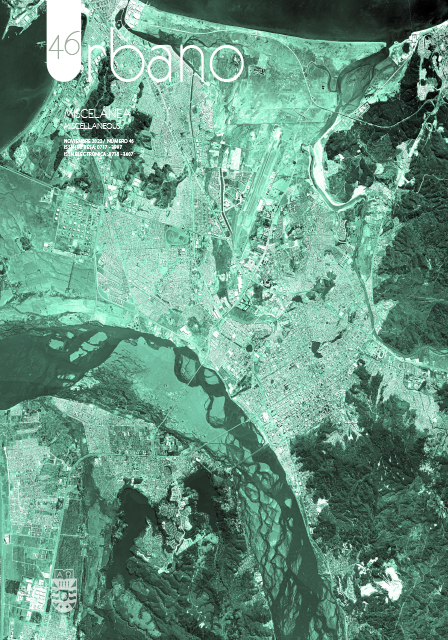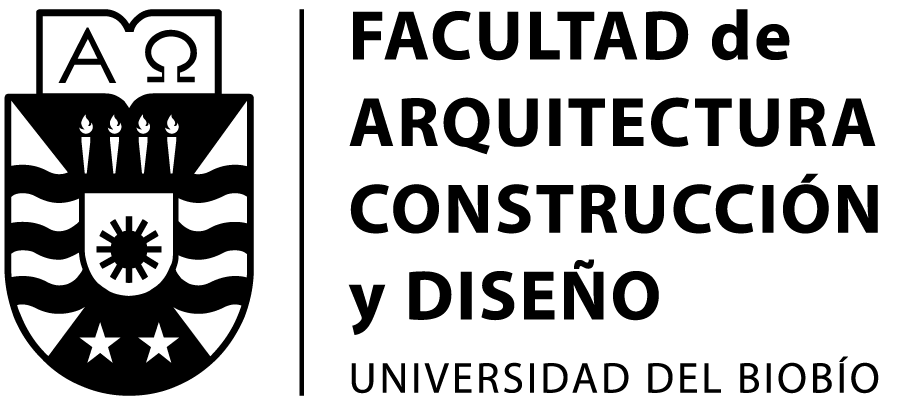Circular territories
DOI:
https://doi.org/10.22320/07183607.2022.25.46.00Keywords:
-Abstract
2022 marks the 50th anniversary of the Meadows report, which warned in 1972, about growth limits and the finite nature of natural resources for the development system. It would take until 1987 for the UN to publish the Brundtland Report, initially known as Our Common Future, and define the concept of sustainable development, highlighting the moral need to responsibly use resources for the planet’s conservation. Nevertheless, this concept, tired and distorted today, did not explicitly imply critically viewing the prevailing linear model based on extraction, production, consumption, and waste.
In this sense, the concept of “circularity” builds upon that of sustainable development since it reorients the current production model towards the closure of its cycles, thus assimilating them to natural ecosystems. Circularity aims at building a virtuous circle that minimizes the resources used at their origin, as well as the output waste, through repair, reuse, or recycling.
Downloads
References
-
Downloads
Published
How to Cite
Issue
Section
License
Copyright (c) 2022 Ana Zazo-Moratalla

This work is licensed under a Creative Commons Attribution-ShareAlike 4.0 International License.
The content of articles which are published in each edition of Habitat Sustentable, is the exclusive responsibility of the author(s) and does not necessarily represent the thinking or compromise the opinion of University of the Bio-Bio.
The author(s) conserve their copyright and guarantee to the journal, the right of first publication of their work. This will simultaneously be subject to the Creative Commons Recognition License CC BY-SA, which allows others to share-copy, transform or create new materials from this work for non-commercial purposes, as long as they recognize authorship and the first publication in this journal, and its new creations are under a license with the same terms.![]()























